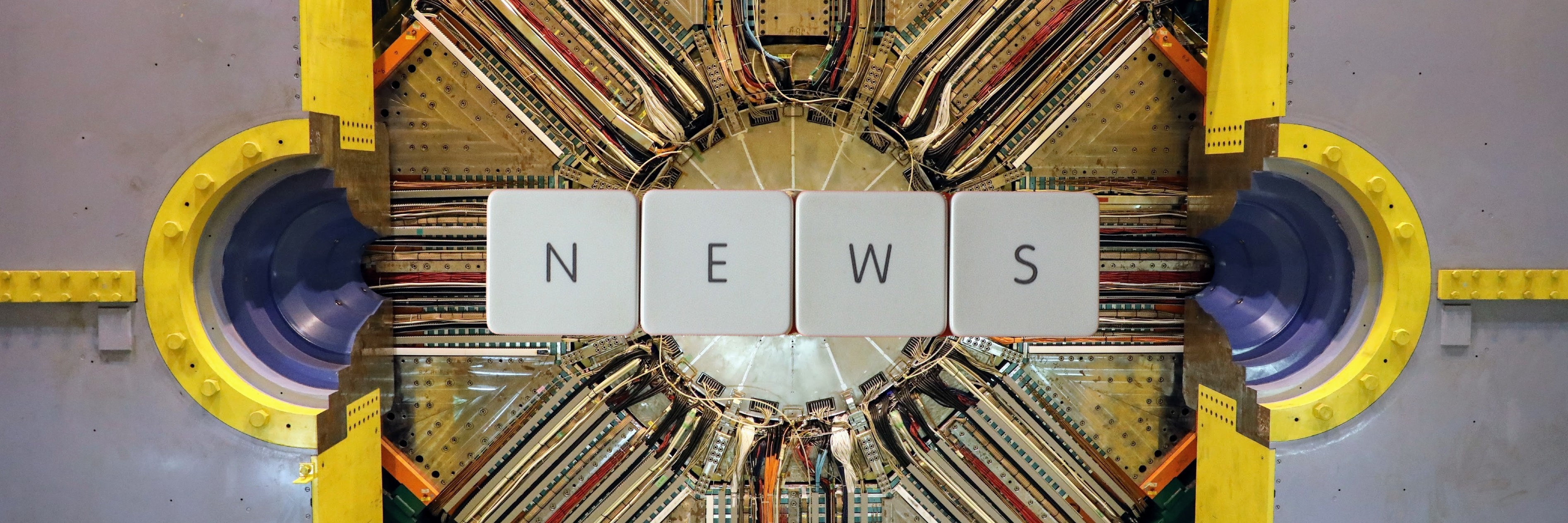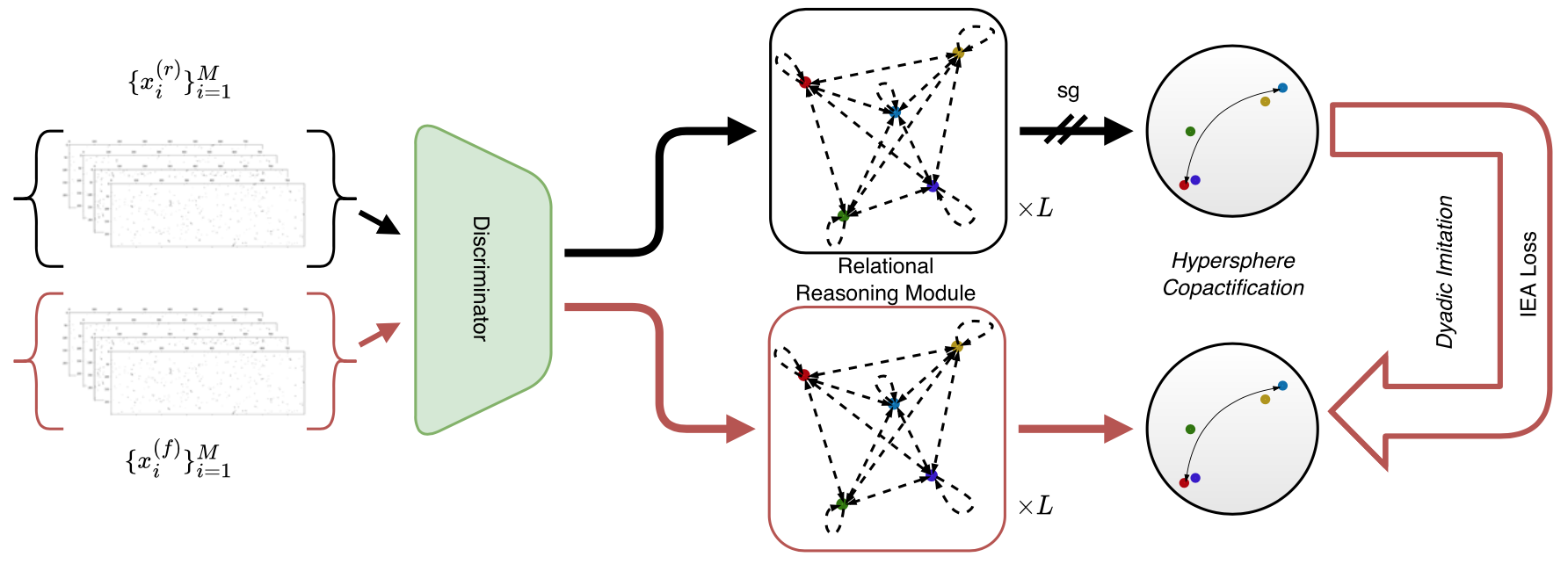Solving complexity with deep learning strategies
The PXD is the innermost tracking detector at Belle II, with more than 7.5 million information channels. “This high complexity makes the simulation of this detector an extremely non-trivial problem", tells us Baran Hashemi, first author of the publication.
To emulate the detailed intra-event correlations and to generate high-fidelity samples, the LMU-Team introduced an Intra-Event Aware Generative Adversarial Network (IEA-GAN). They developed several novel AI techniques that lies at the interface of the building blocks of Large Language Models such as ChatGPT, deep generative models and the dark matter of intelligence, aka Self-Supervised Learning to create a trinity of ideas to solve the problem of complexity
Speaking of events: The Intra-Event Aware Generative Adversarial Network
IEA-GAN is a fusion of Transformers, Generative Adversarial Networks (GANs) and Self-Supervised Learning. Generative Adversarial Networks (GANs) orchestrate an adversarial game between two neural network agents: a generator and a discriminator. Through this synergy, in the generative process, the PXD detector components communicate and pass messages with each other via the Attention mechanism of Transformers. In the novel version of the Transformer – the LMU-Team gave it the name ‘relational Reasoning Modules’ (RRM) – the PXD sensors act like words that built up the events. Thus, each collision event is being thought of as a sentence. RRM groups PXD samples in an event as words in a sentence, based on their correlation, and learns the contextual degree of similarity between samples in an event.
Events in the Classroom: Tackling the problem of Intra-Event Aware Loss
This way, IEA-GAN generates correlated PXD signatures with multi-particle origins. A major challenge is that the signatures of PXD components in an event tend to resemble one another, like two semantically similar words. This causes a phenomenon called class-confusion for deep generative models. In order to tackle the class-confusion problem in conditional generative models, they introduced a Self-Supervised Learning loss, Intra-Event Aware Loss (IEA Loss), where the generative agent as a student imitates, through dyadic information transfer, the discriminator’s interpretation of each event, the teacher.
Success in preliminary testing
In the end, the team conducted an in-depth statistical analysis on the effect of correlation between and demonstrated that IEA-GAN could capture this correlation, resulting in precise reconstruction of track Helix parameters. “With IEA-GAN, being implemented in the Belle II software, we hope to enhance the simulation pipeline for the Belle II experiment by reducing the computational and storage demands of traditional simulation methods”, Baran Hashemi concludes.
Publication: https://www.nature.com/articles/s41467-024-49104-4


